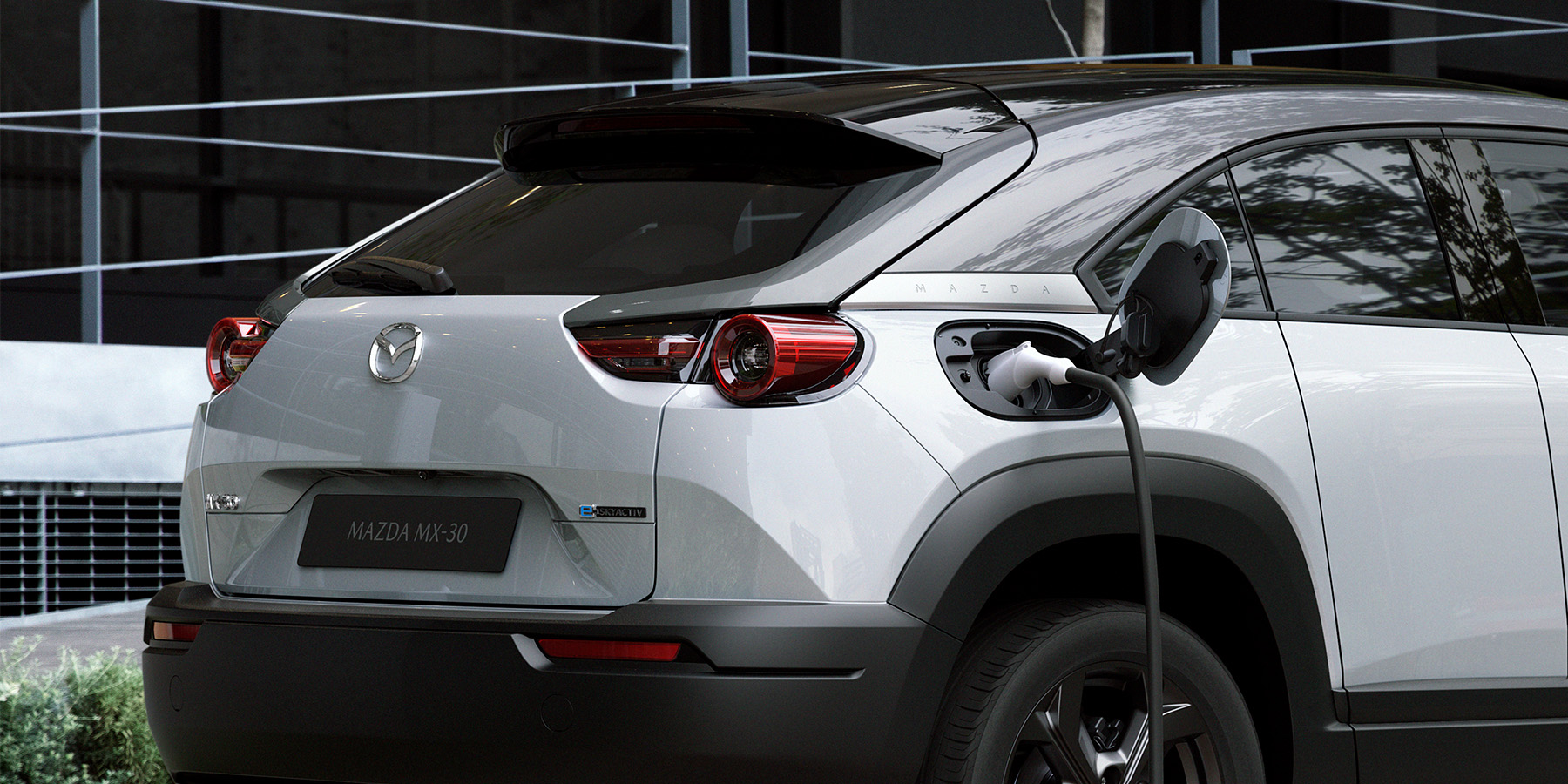Japanese automaker Mazda has officially announced its decision to embrace Tesla’s North American Charging Standard (NACS) for its upcoming fleet of battery electric vehicles (BEVs) set to hit North American markets from 2025 onward.
The adoption of Tesla’s NACS by Mazda, highlighted in a recent press release, aims to provide Mazda BEV drivers with an enhanced charging experience, offering access to a robust network of over 15,000 Superchargers across North America. This strategic move by Mazda reflects a commitment to expanding charging options for its customers.
Mazda’s previous foray into the U.S. electric vehicle market encountered challenges with the MX-30, which struggled to gain traction, selling only 181 units in 2021 and 324 units in 2022. Despite sharing some favorable characteristics with other Mazda vehicles, the MX-30 faced criticism due to its modest 35.5 kWh battery, a limited 100-mile EPA range, and a price point that paled in comparison to competitors like the Chevy Bolt EUV.
Reports surfaced in October 2023, suggesting Mazda’s intention to re-enter the U.S. electric vehicle market by 2025. Mazda’s CEO, Masahiro Moro, revealed plans for the launch of seven to eight new electric cars by 2030. Moro attributed Mazda’s cautious approach to uncertainties in electric vehicle demand, positioning the company as an “intentional follower” in the evolving EV landscape.
By aligning with Tesla’s Supercharger Network, Mazda aims to enhance the viability of its electric vehicles, offering consumers a more compelling and accessible charging infrastructure. This strategic collaboration is anticipated to play a pivotal role in Mazda’s electric vehicle strategy and market presence in North America.

